PhD Application Cover Letter Template
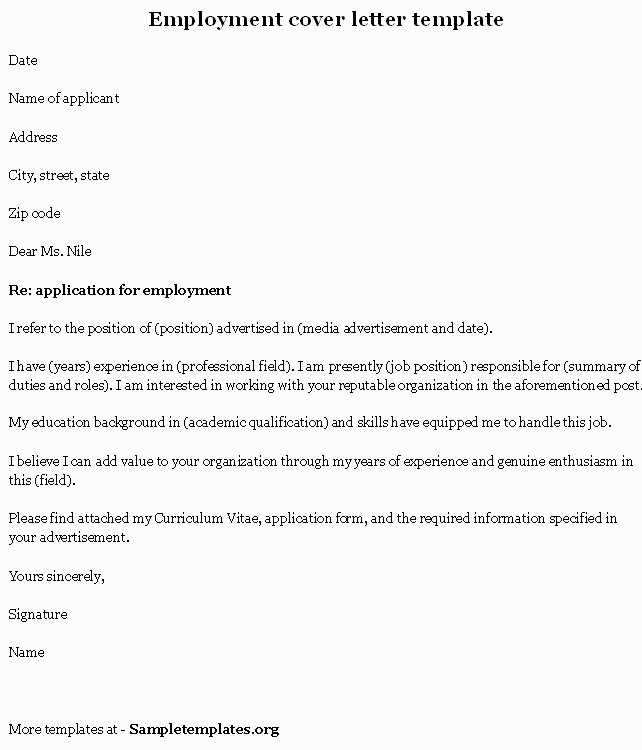
When applying to advanced academic programs, presenting yourself effectively is crucial. The written document you submit plays a key role in conveying your qualifications, enthusiasm, and fit for the program. It is your chance to directly address the selection committee and make a lasting impression.
While your resume or CV outlines your background, this personalized note allows you to explain why you’re an ideal candidate. By focusing on your motivation, relevant experiences, and long-term goals, you can create a strong narrative that resonates with the admissions team. A well-written document can set you apart from others with similar qualifications.
Structuring this communication requires understanding what to highlight, how to balance professionalism with personality, and which elements to emphasize. The goal is to make it clear that you not only possess the necessary skills but also have a genuine passion for your chosen field.
In the following sections, we’ll guide you through the process of creating a document that leaves a positive and memorable impact on the committee reviewing your materials.
Key Elements of a Strong Cover Letter
A well-crafted document that accompanies your application should highlight your unique qualifications and convey your enthusiasm for the program. It should balance professionalism with a personal touch, making it clear why you are the perfect fit. Focus on showcasing your strengths while keeping the content concise and engaging.
Introduction and Motivation
Begin by clearly stating your interest in the program and how it aligns with your goals. This is where you can demonstrate your passion and motivation, showing the committee why you are excited about the opportunity. It’s important to connect your academic background with the program’s focus and objectives.
Relevant Experience and Skills
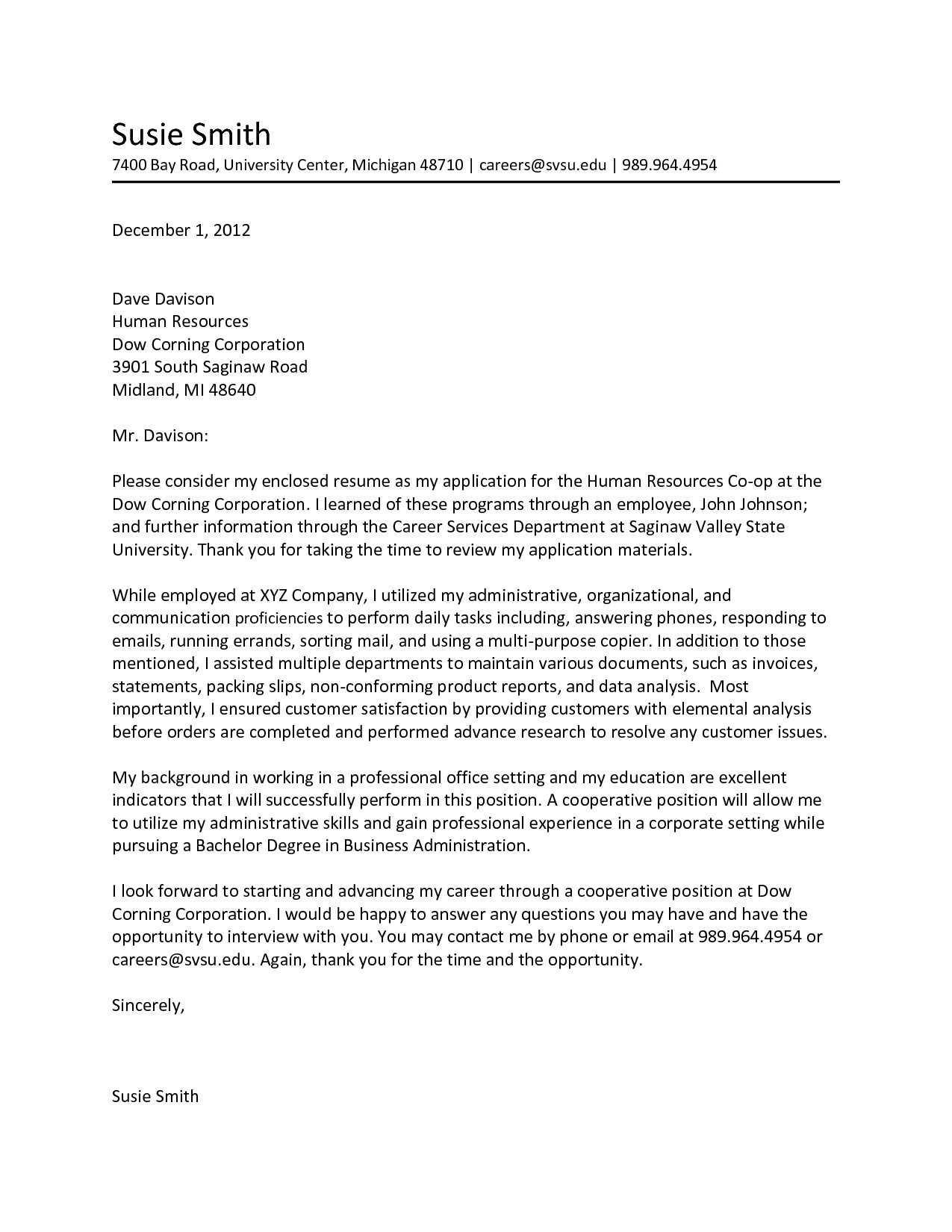
Highlight the key experiences that make you a strong candidate. This section should outline how your previous work, research, or academic achievements have prepared you for the challenges ahead. Emphasize any specific skills or expertise that directly relate to the program, and explain how they will contribute to your success.
Personalization is also essential–tailor the content to reflect your understanding of the program and the institution’s unique offerings. Avoid generic statements and focus on what sets you apart.
How to Customize Your PhD Application
Personalizing your submission is an essential step in standing out among other candidates. Tailoring your document allows you to demonstrate a deep understanding of the program and show how your background aligns with its objectives. This approach increases your chances of making a strong impression on the admissions committee.
To effectively customize your document, consider the following strategies:
- Research the Program: Study the program’s curriculum, faculty, and research opportunities. Mention specific aspects that excite you and explain why they align with your goals.
- Address the Institution’s Values: Highlight how your personal and academic values resonate with the institution’s mission and research philosophy.
- Tailor Your Experience: Emphasize relevant academic achievements, research, or projects that demonstrate your readiness for the challenges of the program.
- Use the Right Language: Incorporate keywords and terminology that reflect the program’s focus and research areas, showing that you understand its culture.
By customizing your submission, you convey a genuine interest in the program, making it clear that you’ve thoughtfully considered how your goals align with its unique offerings.
Common Mistakes to Avoid in Applications
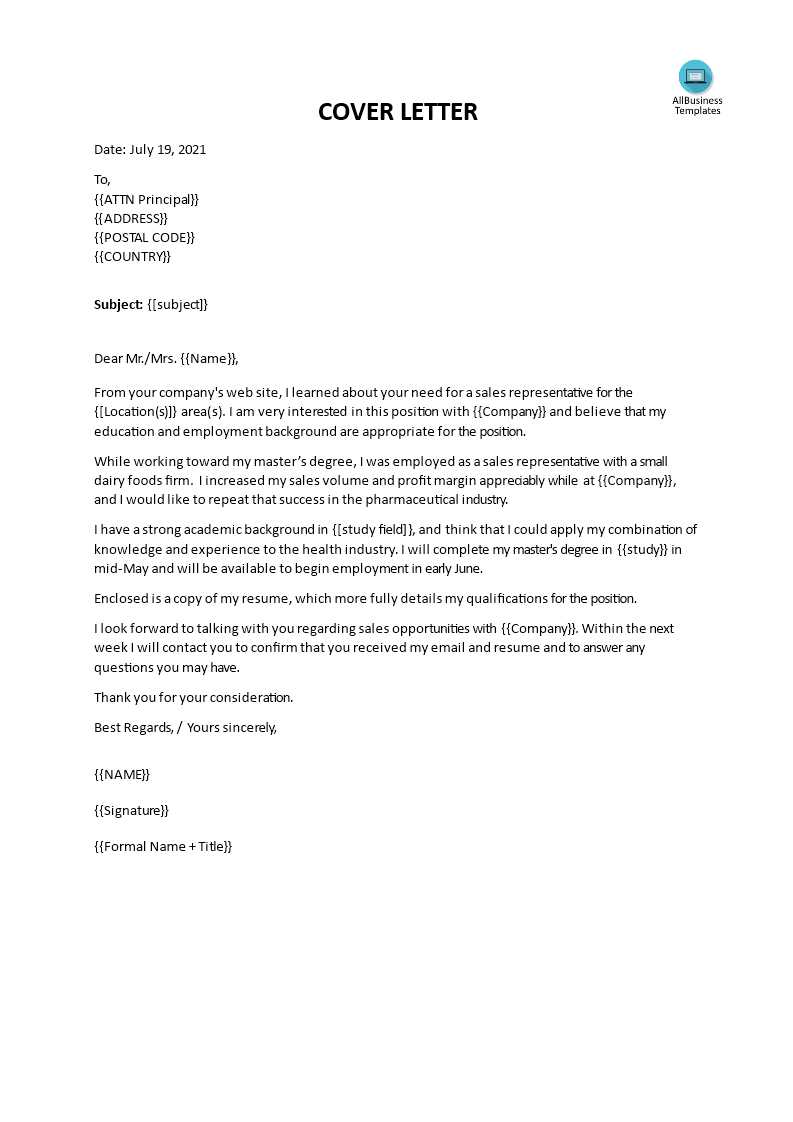
When submitting your materials, it’s crucial to avoid certain pitfalls that can negatively impact your chances. Even small errors can give the impression of a lack of attention to detail or commitment. Being aware of these common mistakes will help ensure your submission stands out for the right reasons.
Some key mistakes to avoid include:
- Generic Content: Using vague or generalized statements rather than personalized, specific examples weakens your submission. Always tailor the content to the program and institution.
- Overloading with Information: Providing too much detail can overwhelm the reader. Focus on the most relevant achievements and experiences that directly support your candidacy.
- Grammatical and Typographical Errors: Small mistakes can detract from an otherwise strong document. Always proofread and, if possible, have someone else review it as well.
- Failing to Address the Program’s Focus: Not highlighting how your background aligns with the program’s specific goals and strengths is a missed opportunity to demonstrate your fit.
By being mindful of these common missteps, you can create a polished and compelling submission that highlights your qualifications effectively.
Tips for Making a Lasting Impression
In a competitive selection process, making a memorable impact is essential. Your submission is a reflection of your strengths, motivations, and aspirations. With a few strategic approaches, you can ensure that your materials resonate with the admissions committee long after they’ve finished reviewing them.
Showcase Your Passion
Admissions committees look for candidates who demonstrate genuine enthusiasm. Expressing a clear and authentic interest in the field and the specific program is crucial. Show that you are eager to contribute to ongoing research and actively engage with the academic community.
Be Concise Yet Impactful
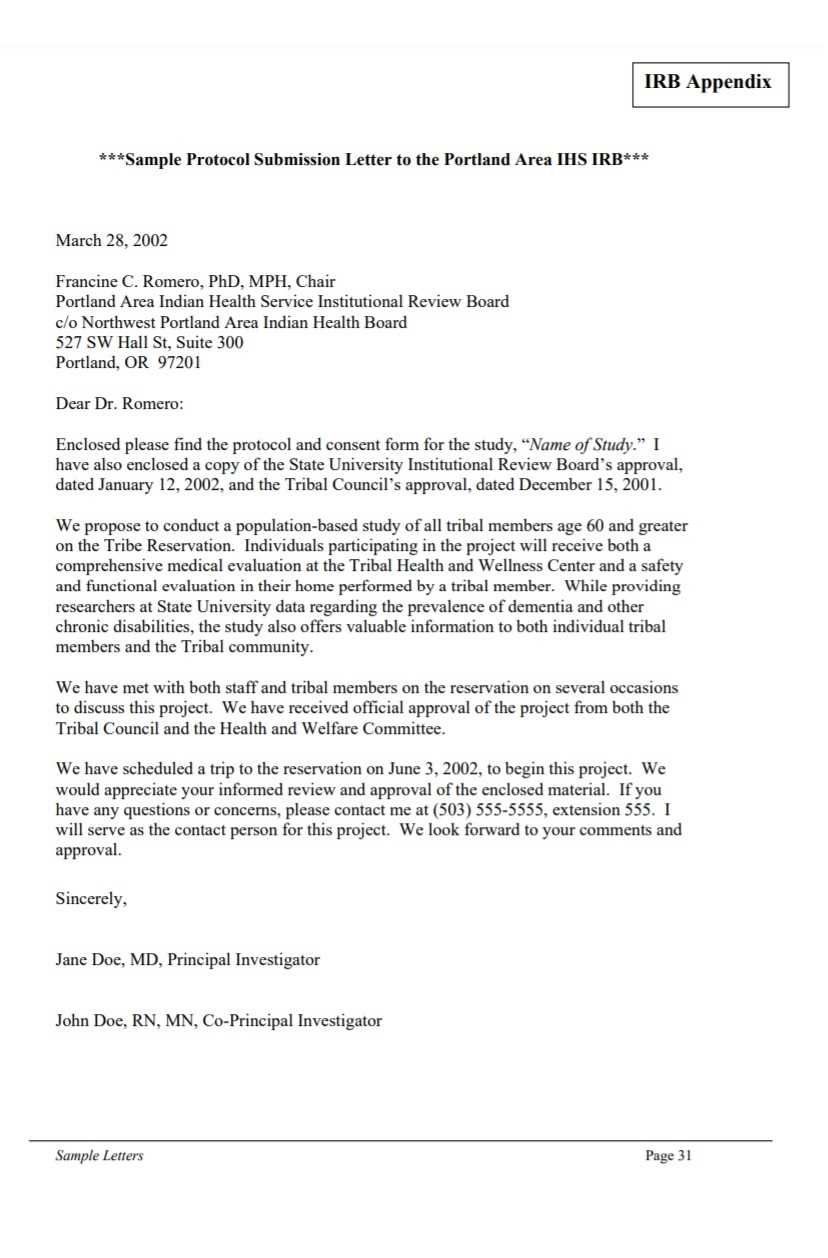
While it’s important to provide enough information, brevity is also key. Focus on crafting a concise message that clearly communicates your qualifications, motivations, and fit for the program. Avoid unnecessary details and maintain clarity throughout.
| Effective Strategy | Result |
|---|---|
| Highlight Unique Skills | Sets you apart from other candidates and demonstrates your distinct value. |
| Align Goals with Program Focus | Shows that you’ve thoughtfully researched the program and understand its unique offerings. |
| Use Strong Action Verbs | Conveys confidence and initiative, making your experience feel more impactful. |
By focusing on these strategies, you can create a submission that leaves a strong, lasting impression and clearly communicates why you’re an ideal candidate for the program.
Understanding the PhD Admissions Process
The selection process for advanced academic programs is highly competitive, and understanding how it works can give you a strategic advantage. Each institution and department may have its own set of criteria and timelines, but there are some common stages that most programs follow. Gaining insight into these phases can help you tailor your submission and increase your chances of success.
The process typically begins with an initial review of all materials submitted by applicants. Admissions committees assess the qualifications, research interests, and overall fit of each candidate. They look for individuals who not only have the required academic background but also demonstrate the potential to contribute meaningfully to the program.
After the initial screening, shortlisted candidates are often invited to interviews or additional assessments. This is an opportunity for the committee to gauge your communication skills, your motivation, and your fit within the program’s academic community. A successful interview often seals the deal, as it allows you to showcase your enthusiasm and commitment.
Understanding these stages and the factors that influence decision-making can help you present yourself in the best possible light and increase your chances of acceptance.
How to Tailor Your Letter for Specific Programs
Adapting your written submission to a particular program is a critical step in demonstrating your genuine interest and fit. Each institution and department has its unique features, values, and research opportunities, and showcasing how your background aligns with these aspects is essential. Customizing your document allows you to stand out as a well-informed and dedicated candidate.
Research the Program’s Focus
Before writing, thoroughly research the program’s key strengths, such as faculty, research areas, and the overall mission. Mention specific professors or projects that align with your interests. This shows you’ve taken the time to understand the program’s goals and demonstrates your potential contribution to ongoing work.
Highlight Relevant Experiences
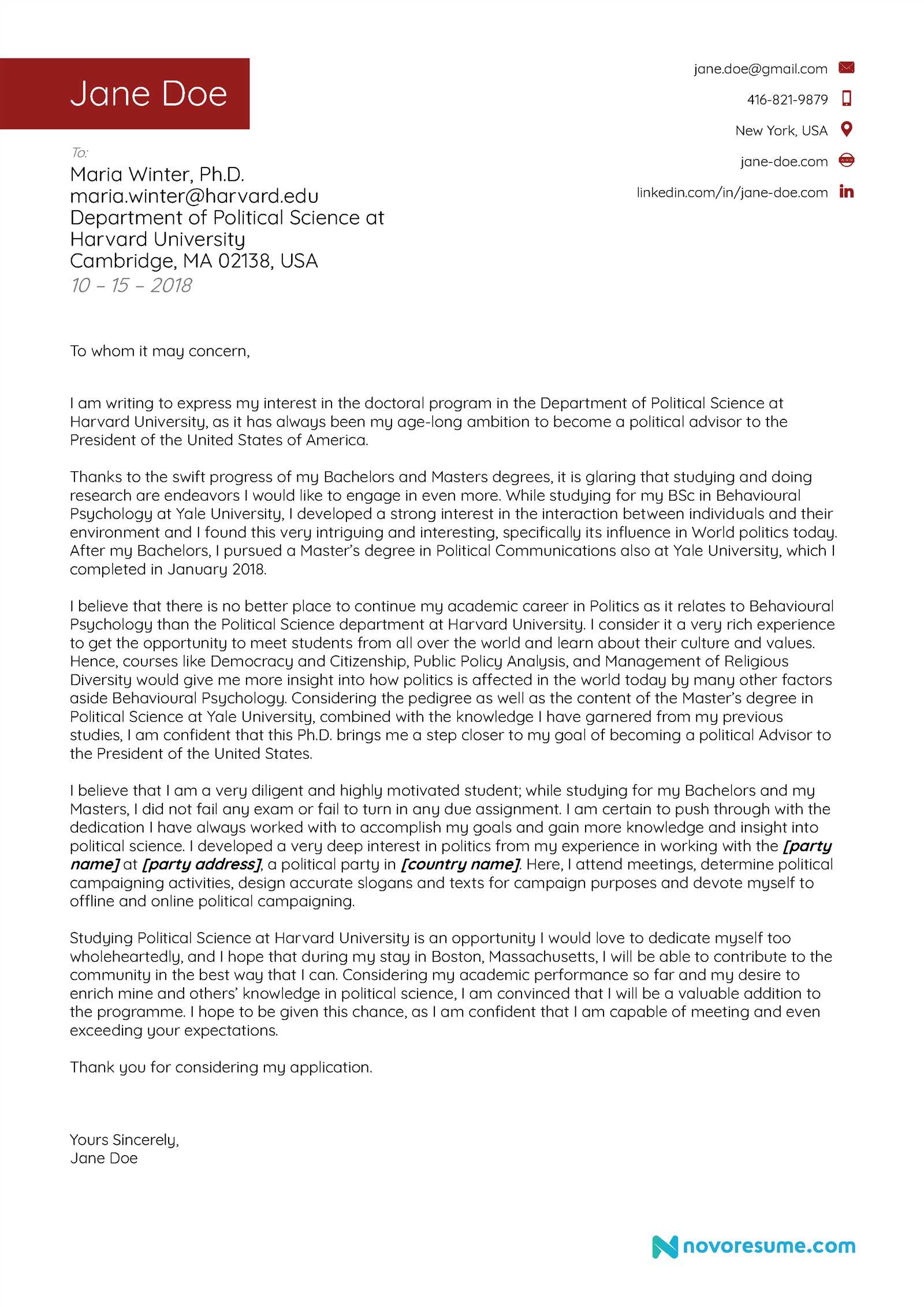
Emphasize experiences, skills, and achievements that directly relate to the program’s focus. Tailor your qualifications to the specific requirements of the institution, demonstrating how your background prepares you for the challenges and opportunities they offer. Whether it’s specific research, technical skills, or academic coursework, make it clear why your expertise is valuable to their community.